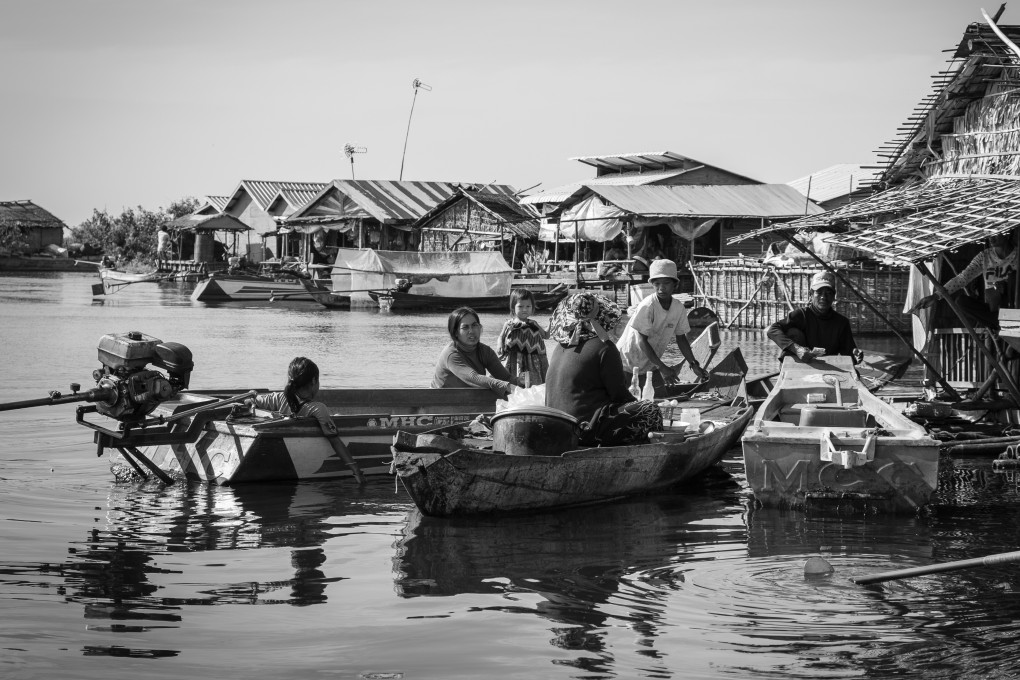How Cambodia’s floating doctors are saving lives in its poorest communities
The Lake Clinic takes medical care offshore to 10,000 of those who make a meagre living on Tonlé Sap, the largest freshwater lake in Southeast Asia

Tonlé Sap, in northern Cambodia, is the largest freshwater lake in Southeast Asia. During the May to October rainy season, it swells to six times its dry-season size, extending over 16,000 sq km – an area 200 times that of Hong Kong Island.
Tonlé Sap has also long been one of the planet’s most productive inland fisheries. More than a million people depend on the lake for their livelihood, and about 100,000 live in its vicinity.
While many dwell in stilted villages on the lake’s floodplain, the poorest huddle in floating communities on Tonlé Sap itself, sometimes hours from dry land. Their homes are often fragile, rain-leaking shacks cobbled together from woven reeds, scraps of plywood, tin sheets and tarpaulins, all lashed to wooden or bamboo rafts kept afloat on air-filled oil drums.
They are among the most isolated communities in Cambodia, the vast majority relying on subsistence fishing for their survival.

According to the World Health Organisation, Cambodia has just 1.7 doctors for every 10,000 people (Hong Kong has close to 20, according to government figures released last year). Floating communities on the lake have long had access to zero.
